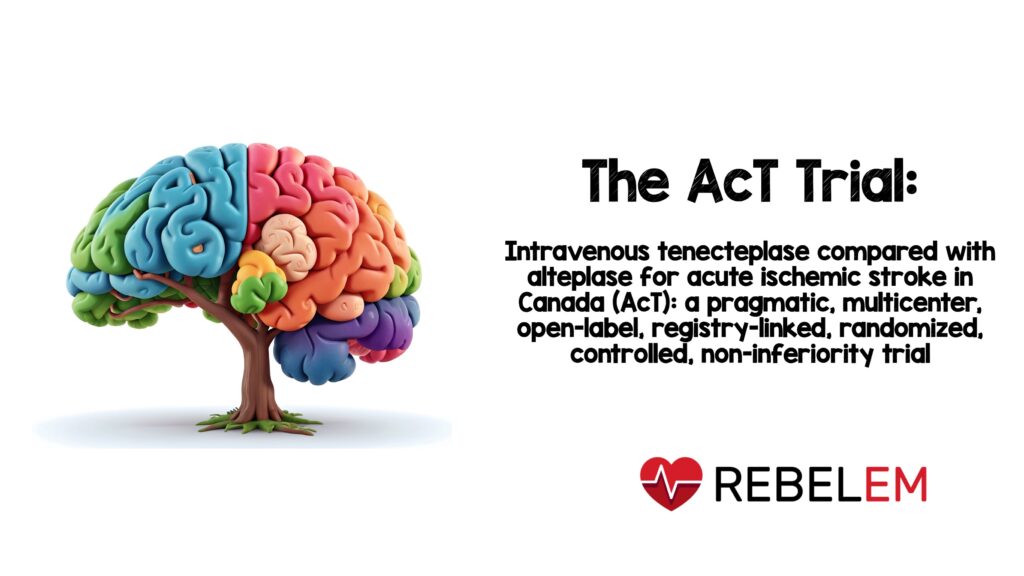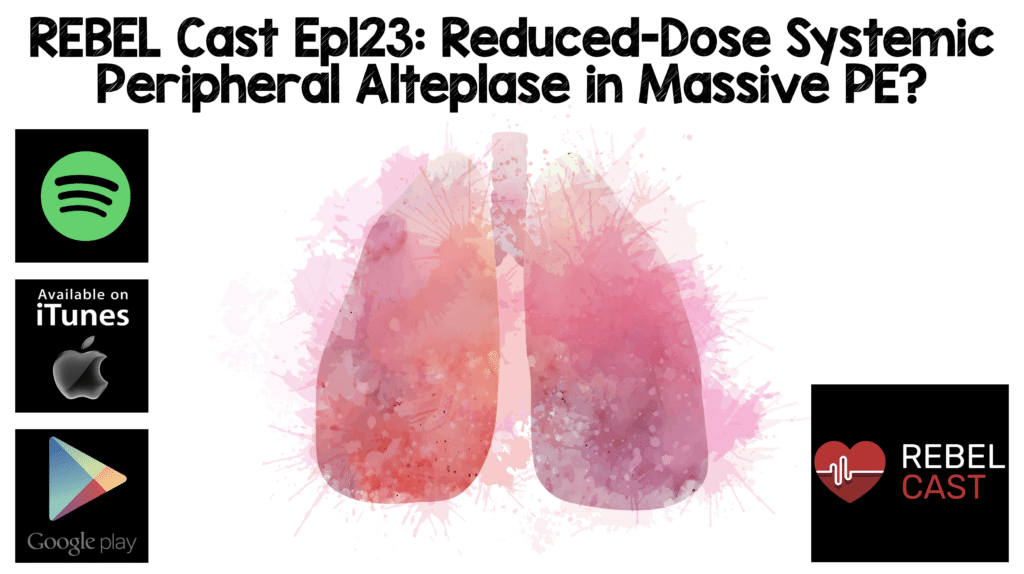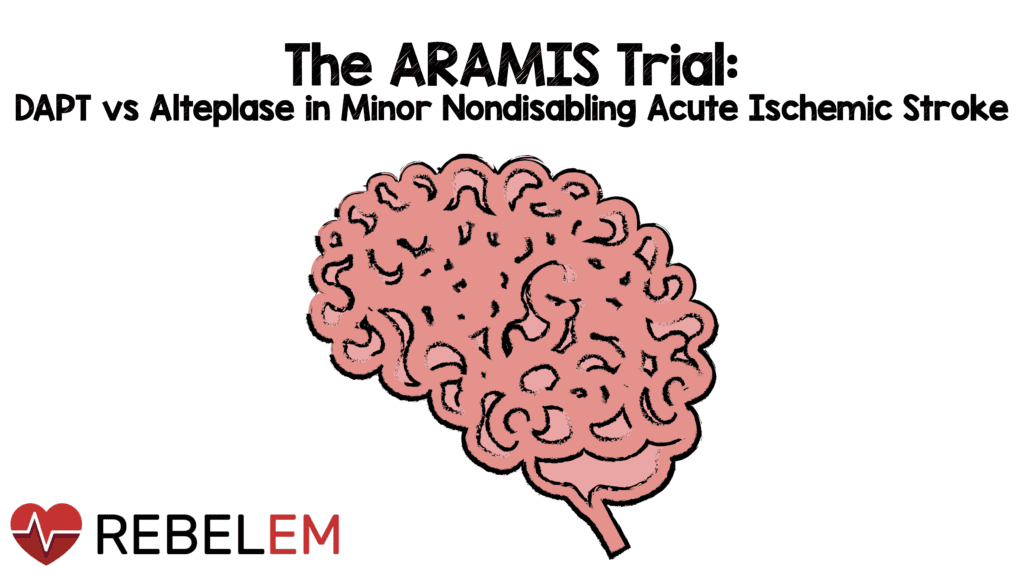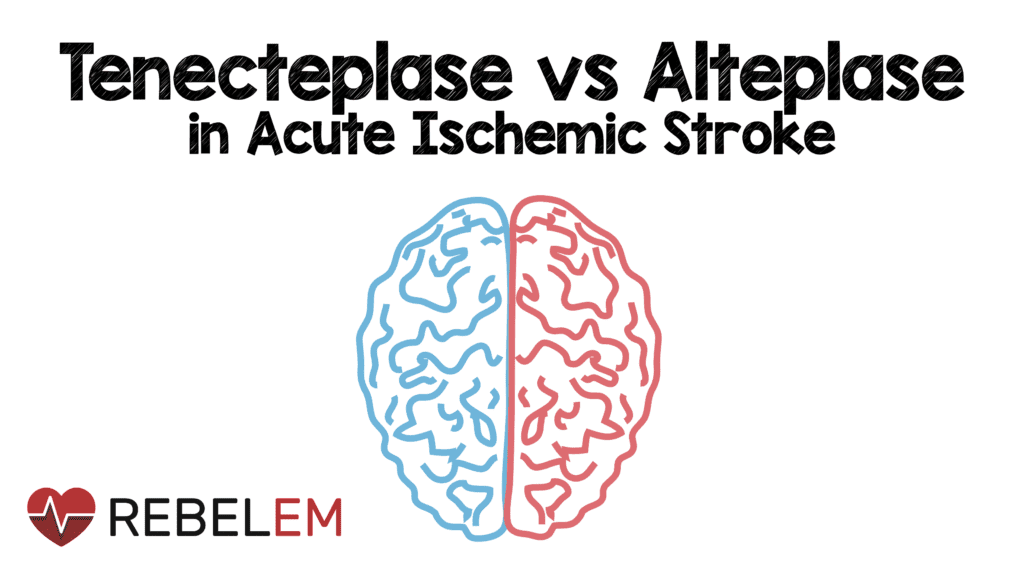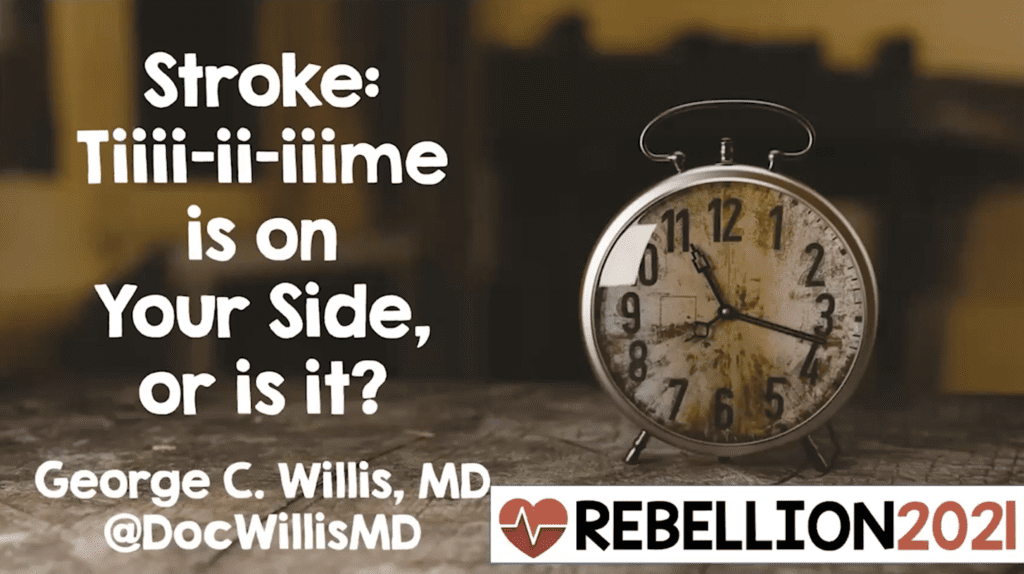The AcT Trial: Tenecteplase vs Alteplase for Acute Ischemic Stroke
Background: Alteplase, a class of medication that converts plasminogen to plasmin leading to fibrin degradation and subsequent clot lysis, has been the standard of care for acute ischemic stroke (AIS) patients that meet eligibility criteria. Tenecteplase, a modified version of …

